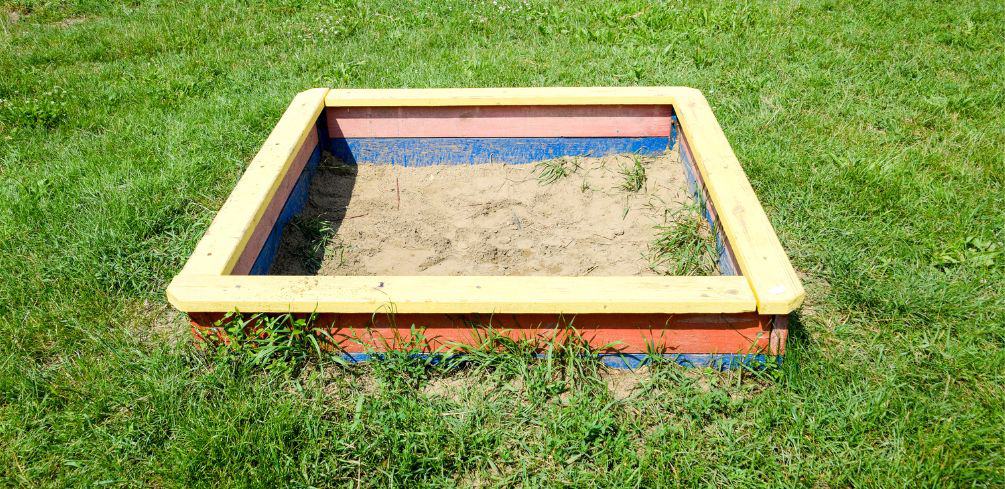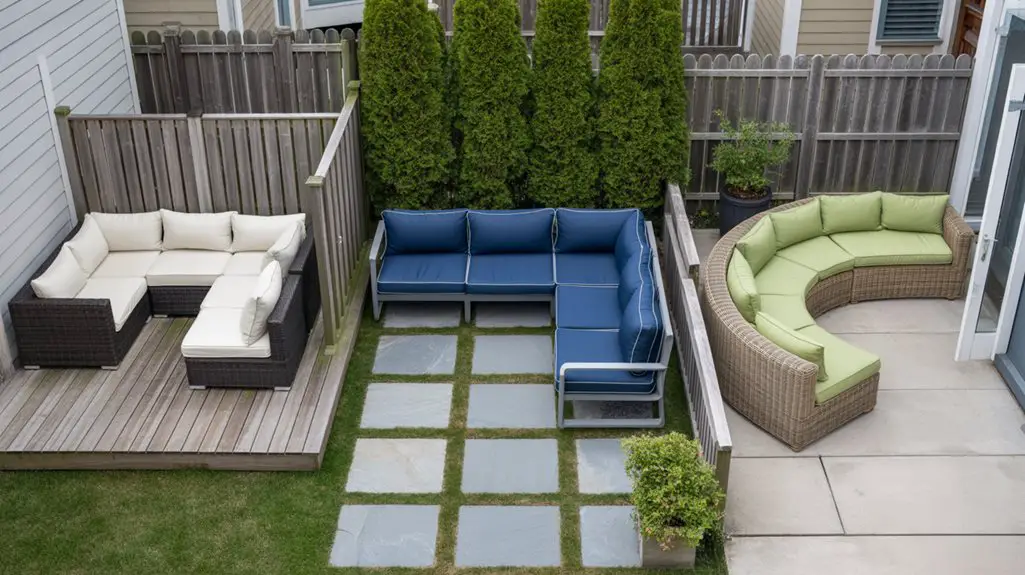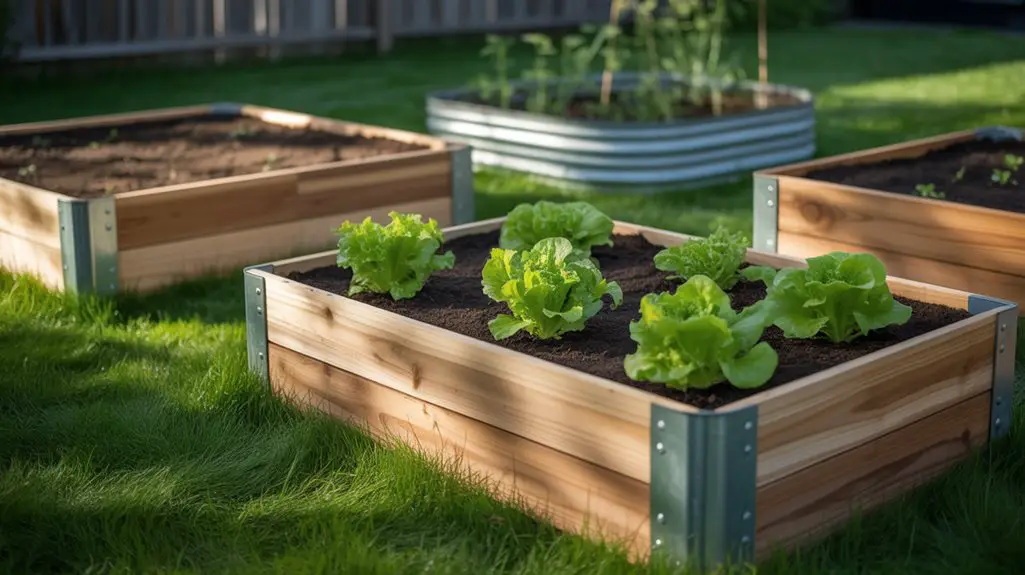Are you thinking of creating a sandbox for your kids to play in? Making sure they have access to the right amount of sand is an important part of making sure their sandbox is safe. But how much sand do you need? Don’t worry; I’m here to help! I’m going to tell you everything you need to know about finding the right amount of sand for your sandbox.
First things first, it’s important to think about the size and shape of your sandbox. The bigger and deeper it is, the more sand you’ll need. You also want to consider how many kids will be playing in it at one time. This can really affect how much sand you purchase.
Finally, it’s important to consider what type of sand you should get for your sandbox. Different types are specially made for children’s play areas and provide a comfortable surface for them to play on safely. So let me guide you through this process so that your little ones can quickly start building castles in their own backyard!
Calculating The Size Of Your Sandbox
Creating a sandbox can be an exciting project for the whole family. It’s the perfect way to let your little ones explore the great outdoors without having to worry about their safety. But before you start construction, you’ll need to calculate the size of your sandbox.
Measuring the area of your sandbox is relatively easy and can be done with a few simple steps. Begin by determining the dimensions of your sandbox—its length, width, and depth. Once you have all the measurements, multiply them together to get an estimate of your sandbox volume. This will tell you how much sand you’ll need for your project.
Sand To Use In Your Sandbox
When it comes to choosing sand for a sandbox, there are numerous options available. However, not all sand is safe for children to play in. Playground sand, which can be found at most home improvement stores, is the best choice for a sandbox because it is specifically designed for use around children. It’s soft and easy to mold and makes a great base layer.
Sandbox sand also works well in a sandbox and can be found at many stores that carry playground equipment. This type of sand has been sterilized and does not contain any sharp or abrasive materials that could harm children as they play in the sandbox.
Beach sand should never be used in a sandbox due to potential contaminants such as animal droppings and other debris carried by the wind or water. Plus, masonry sand and mortar sand are too coarse to be used in a sandbox as they could cause skin irritations or abrasions while playing.
It’s important to take safety into consideration when selecting the right type of sand for your child’s sandbox. Playground sand is an ideal option because it is soft, clean, and safe for children of all ages!
Estimating the Amount Of Sand Needed
Did you know that a typical sandbox for kids should contain about 25 pounds of sand? It’s important to calculate the amount of sand needed for your sandbox before making any purchases. This will help ensure that your sandbox is properly filled and not too shallow or too deep for kids to play in.
When estimating the amount of sand needed for your sandbox, there are a few factors to consider. First, determine the size of your sandbox by measuring the length and width. Then, multiply those two numbers together to get the square footage or surface area of your sandbox. This will give you an idea of how many pounds of sand you’ll need to buy.
Sand Calculation: If the length of the sandbox is L and the width of the sandbox is W, then the amount of sand (in pounds) needed for the sandbox is = L x W x D where D is Depth is the desired depth of the sandbox in inches, so if you measured it by feet as you should for L & W, you would need to divide it by 12 first (D / 12).
You can also use a calculator to estimate the amount of sand needed for a particular size sandbox. Simply input the measurements into the calculator, and it will calculate how many pounds of sand you’ll need based on its depth requirements. You may also want to take into account any additional decorations or toys that will be placed in the sandbox when estimating the amount of sand required.
Buying too little or too much sand can be costly, so it’s important to accurately calculate the quantity needed before purchasing it from a supplier or store. Though if you have extra, that is fine; you can store it, and when kids get a new sandbox for the first time, a lot of sand can end up in the grass. Having extra to top off the sandbox isn’t a bad idea.
Buying And Storing Sand
Once you have an estimate of the amount of sand you need for your sandbox, it’s time to buy and store it. The type of sand you’ll use for a sandbox is called play sand. It is typically made up of very fine granules, so it’s soft and safe to play in. You can find play sand in garden centers and home improvement stores.
When buying play sand, there are a few things to consider, such as the price per bag or quantity discount, the delivery options available (if any), and how much storage space you have to keep the sand in until you use it. If possible, try to buy enough at once so that you don’t have to make multiple trips or pay extra delivery fees.
It’s also essential to think about where you will store the sand before using it as well. Make sure you have a container large enough so that all of your purchased bags can fit comfortably inside without taking up too much space. You may even want to invest in a wheelbarrow or dump truck if needed for easier transportation when filling up your sandbox with the stored sand.
Now that you know how much sand is needed and where to buy it from, you are ready to purchase your play sand and get started on filling up that sandbox!
Other Considerations For A Safe Play Space
When planning a safe play space for your child, there are several other considerations. For example, Michael and Donna wanted to create a secure backyard for their three-year-old daughter.
They needed to ensure that the area was free from potential hazards such as broken glass, discarded rubbish, and dangerous plants. Moreover, they needed to consider whether the sandbox had a secure cover so that no animals or young children could get into it.
Another important factor when creating a safe play space is choosing age-appropriate toys and playground equipment. Michael and Donna decided on colorful plastic slides and swings appropriate for their daughter’s age group.
They also added pea gravel beneath the equipment to provide cushioning in case of falls. Additionally, they were sure to childproof any areas of danger, like stairs or steep slopes.
Finally, it’s essential to provide plenty of supervision when children are playing in the backyard. It’s best if parents can be present while kids are outside enjoying themselves. This extra layer of protection can help prevent accidents or injuries due to unsupervised playtime activities.
Overall, safety should be a top priority when designing a backyard playground for your child. From selecting the right sandbox and toys to providing adequate supervision during playtime, parents can take steps to ensure their little ones are safe while having fun in the sun!
Conclusion
If you’re like most parents, you want your children to have a fun and safe sandbox to play in. Having the right amount of sand is essential for providing this kind of environment. But calculating how much sand you need can seem daunting at first.
Don’t worry – I assure you that it doesn’t have to be complicated! With a few simple calculations and the right type of sand, it will be easier than ever to make sure your kids have enough sand for all their adventures. And with proper storage, it will last for years to come!
So don’t let the idea of how much sand is in the sandbox overwhelm you. Take it step by step, and soon enough, you’ll have an amazing sandbox that will be the envy of the neighborhood – one full of soft, safe, and that your kids can enjoy for hours on end!
Please be careful and use at your own risk
None of the authors, contributors, administrators, or anyone else connected with BestPlaygroundSets, in any way whatsoever, can be responsible for your use of the information contained in or linked from these web pages.




